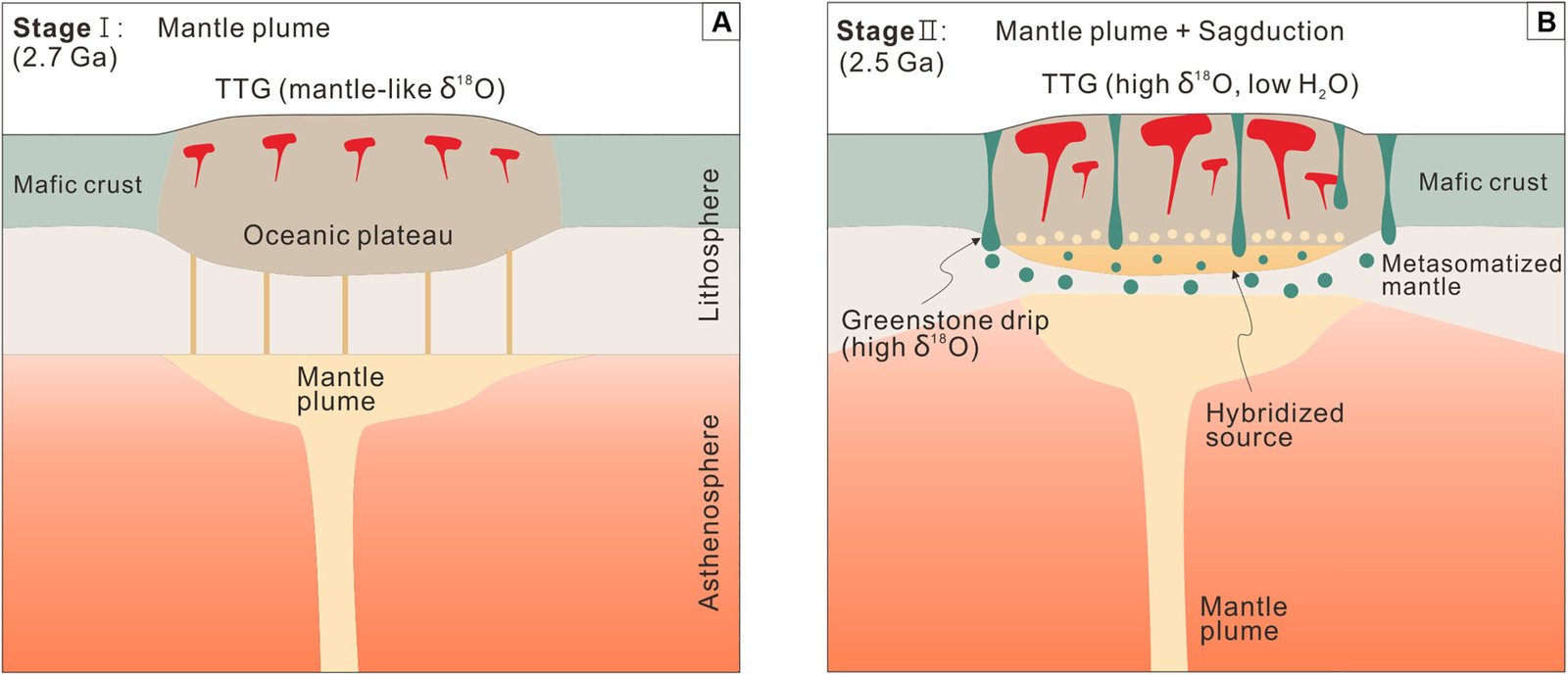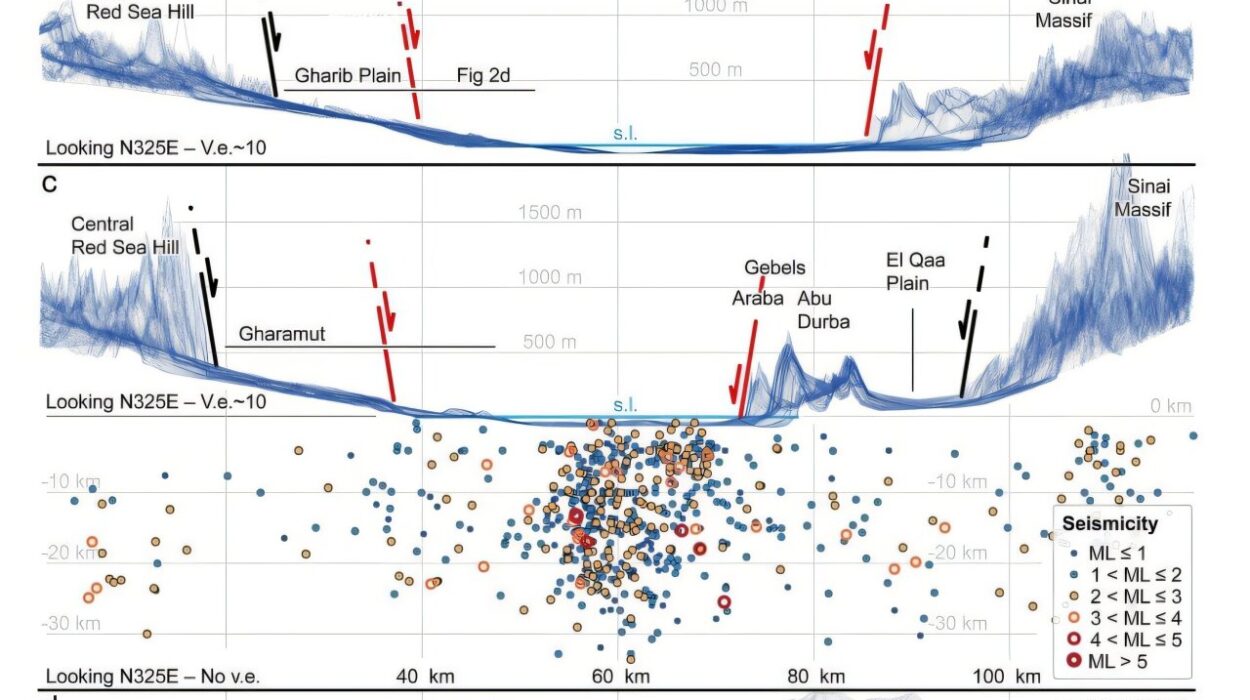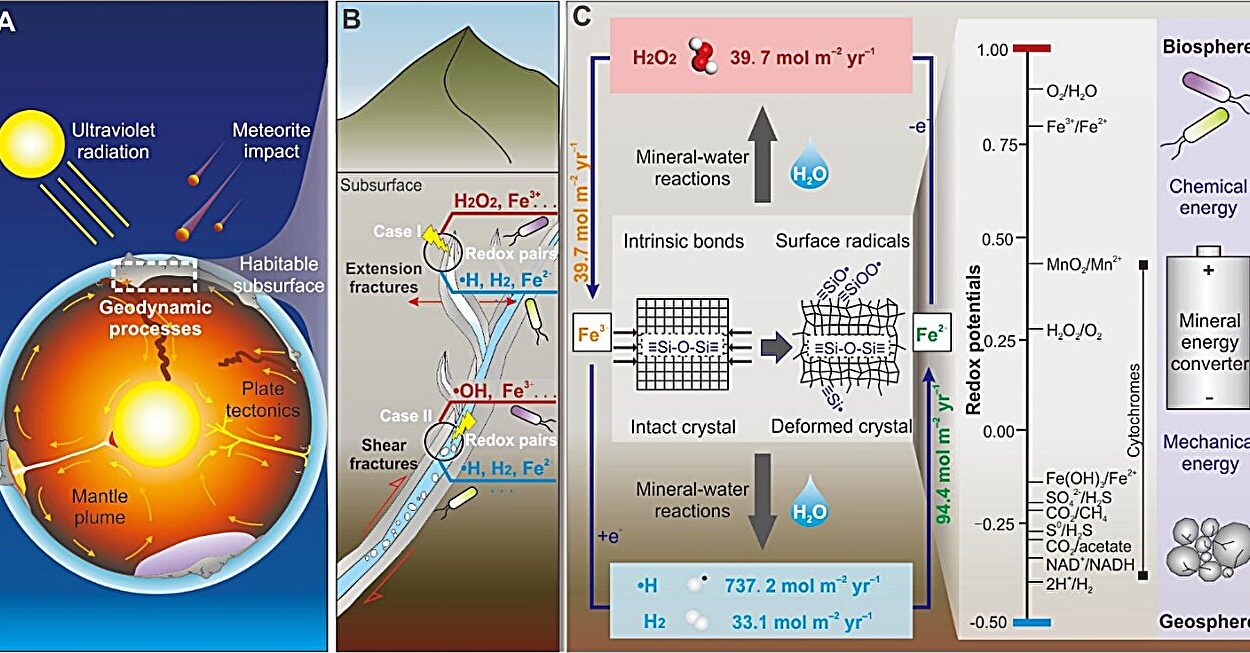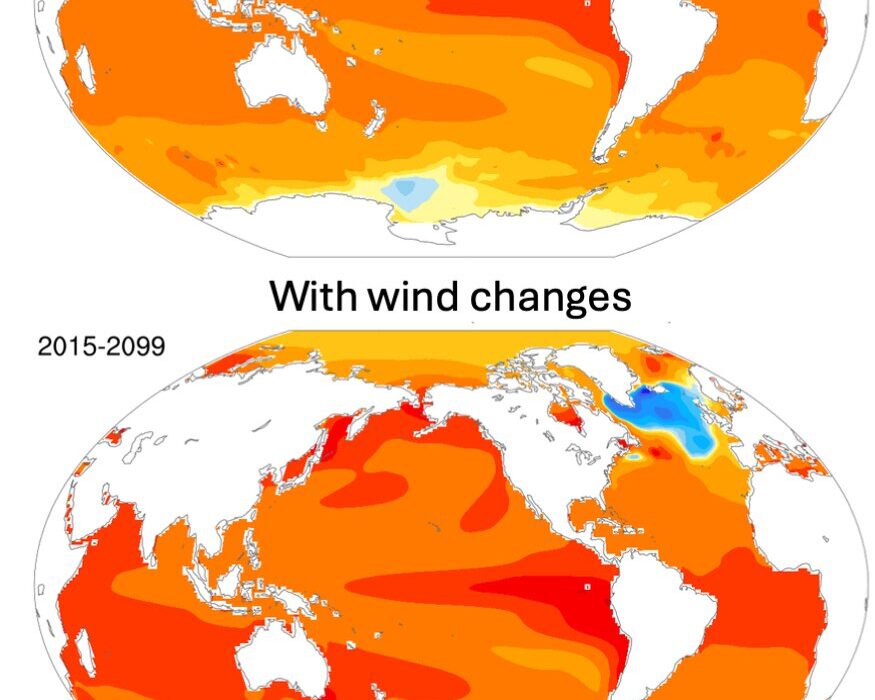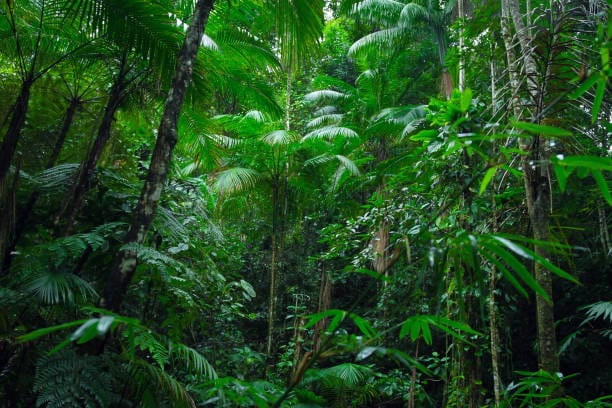Beneath the soles of our shoes, far below the pavement and concrete, Earth holds a magnificent treasure—one that has sustained life for billions of years. This planet is not just our home; it’s a living, breathing reservoir of wonders. From ancient forests to mineral-rich mountains, from freshwater rivers to fossil-laced rocks, Earth’s natural resources are the foundation upon which civilizations have risen, fallen, and evolved.
But what exactly are natural resources? They are the gifts Earth gives us freely—without asking, without grudge. They are the sunlight warming our crops, the soil growing our food, the oceans brimming with fish, the winds that once guided ships across continents. For millennia, humans lived in rhythm with these gifts, guided by the seasons, shaped by the landscape, and tied to the rise and fall of rivers, herds, and harvests.
Yet, in the blink of geological time, everything changed. With the spark of the Industrial Revolution, humanity began tapping Earth’s bounty on a scale never seen before. Fossil fuels powered machines, metals built empires, and water irrigated fields to feed billions. But as we’ve grown in number and power, so too have our demands. And the question facing us now is stark and urgent: Can Earth continue to sustain us?
To answer that, we must embark on a journey—across oceans and deserts, through mines and forests, into the very core of what fuels our world. This is the story of Earth’s natural resources, their beauty, their utility, and their fragile future.
The Ancient Roots of Resources
Long before the first human planted a seed or struck a stone to spark fire, Earth had already laid out a complex system of resources. These materials formed over billions of years through geological and biological processes. Fossil fuels like coal, oil, and natural gas are the compressed remains of prehistoric organisms, buried under pressure and time. Minerals were forged in the fiery belly of the Earth, then slowly cooled and crystallized. Water, shaped by the eternal dance of the water cycle, carved valleys and filled lakes.
When early humans first picked up a rock to crack open a nut or discovered the power of fire, they were beginning a relationship with the planet’s resources that would evolve dramatically. They hunted game from forests and fished in rivers. They used stones, bones, and later metals to craft tools. And in time, they began to farm, transforming wild landscapes into organized fields.
These early uses of resources were, for the most part, sustainable. Human populations were small, and nature had time to recover. But even then, there were signs of strain. Overhunting led to the extinction of megafauna in places like North America and Australia. Early agricultural societies sometimes overused soil, leading to declines in crop yields.
Still, the balance held—until the engines of industry began to roar.
The Industrial Explosion and Earth’s Gifts
The 18th and 19th centuries brought profound changes. With steam engines and factories, with trains and coal, the modern era of resource extraction began. No longer were humans limited to the muscle of man and beast. Now, machines could dig, cut, pump, and refine on an unimaginable scale.
Coal became the black diamond of industry, powering everything from locomotives to electric plants. Oil followed, lighting lamps and fueling automobiles. Iron and copper were smelted to build bridges, rails, and machines. Entire landscapes were transformed—forests cut down for timber, mountains hollowed out for ore, rivers dammed to generate hydroelectricity.
This era gave rise to great wealth and power but came with a cost. Cities filled with smoke. Rivers turned black with waste. And the atmosphere began to change, though we did not yet understand how deeply.
Humanity had entered a new relationship with Earth—one less about harmony and more about dominance. The mindset was simple: Earth was vast, its resources endless. But nature, as it turns out, keeps detailed accounts.
Renewable vs. Non-Renewable: The Hidden Clock
Not all resources are created equal. Some, like sunlight and wind, renew themselves constantly. Others, like oil and minerals, exist in limited quantities and cannot be replenished on human timescales. Understanding this distinction is key to sustainability.
Renewable resources—water, biomass, wind, solar, and geothermal—can theoretically last forever, provided we don’t deplete or pollute them faster than they can recover. Forests can regrow after logging. Fish stocks can replenish. But these resources are still vulnerable. Cut too many trees too fast, and forests vanish. Overfish the oceans, and populations collapse.
Non-renewable resources, on the other hand, are finite. It takes millions of years to form oil and natural gas. Minerals like gold, rare earth elements, and copper are mined from limited veins. Once exhausted, they’re gone for good—or require enormous energy to recycle.
The tension between short-term gain and long-term survival runs through every decision we make about resource use. It’s a ticking clock that never stops.
Fossil Fuels: The Double-Edged Sword
No resource has defined modern civilization like fossil fuels. Coal lit the fires of industry. Oil lubricated the engines of war and commerce. Natural gas brought heat into millions of homes. Together, they lifted billions out of poverty and reshaped every facet of life—from transportation to agriculture to manufacturing.
But they also brought carbon. Lots of it.
Burning fossil fuels releases carbon dioxide and other greenhouse gases into the atmosphere. These gases trap heat, warming the planet in a process that is now accelerating climate change. The science is clear, and the consequences are stark: rising seas, stronger storms, shifting rainfall, and growing threats to biodiversity and food security.
Moreover, fossil fuel extraction itself can devastate ecosystems. Oil spills poison oceans. Mountaintop removal scars landscapes. Methane leaks from gas wells accelerate warming even more.
We stand at a crossroads. Do we continue to rely on the old comforts of coal and oil, or do we pivot toward cleaner alternatives before the damage becomes irreversible?
Water: The Elixir of Life
Of all Earth’s resources, none is more vital—or more taken for granted—than water. It is the basis of all life, shaping landscapes, weather patterns, and human health. We drink it, bathe in it, use it to grow food, generate power, and cool machines. Yet freshwater is astonishingly rare. Less than 3% of all water on Earth is fresh, and most of that is locked in glaciers or underground.
The rest? A tiny sliver—lakes, rivers, and accessible aquifers—feeds nearly 8 billion people.
And it’s under threat.
Climate change is altering rainfall patterns. Rivers dry up. Glaciers retreat. Groundwater is over-pumped faster than it can recharge. Agriculture consumes the lion’s share, often inefficiently. Urban growth and pollution choke waterways with toxins and plastic. In many parts of the world, clean water is no longer a given. It’s a luxury.
Yet hope exists. Technologies like drip irrigation, desalination, and wastewater recycling offer new paths forward. Reforestation helps restore natural water cycles. Smart policy, conservation, and education can help communities adapt. But we must treat water not as a commodity, but as a sacred trust.
Forests: Lungs of the Earth
Forests are not just collections of trees. They are vast, interconnected ecosystems teeming with life. They store carbon, regulate climate, protect watersheds, and shelter countless species. They give us timber, medicine, fruit, and fuel. And they have stood, silent and majestic, for millions of years.
But in the blink of an industrial eye, humanity has felled them.
Deforestation—driven by agriculture, logging, mining, and urban expansion—has stripped millions of acres of forest from the planet. The Amazon, often called the lungs of Earth, loses trees by the minute. Entire biomes vanish, replaced by soy fields or cattle pastures. The loss is not just ecological, but cultural. Indigenous communities lose their homes, traditions, and livelihoods.
Sustainable forestry offers some answers. Replanting, protecting old-growth areas, and shifting to agroforestry can slow the loss. But the true solution lies in valuing forests not just for what they produce, but for what they preserve.
Minerals and Metals: The Hidden Foundations
Look around you. Your phone, your car, your buildings, your jewelry—all rely on Earth’s minerals and metals. Copper conducts electricity. Lithium powers batteries. Aluminum frames aircraft. Rare earth elements enable green technologies like wind turbines and solar panels.
Yet these materials don’t appear by magic. They are extracted—often at great environmental and human cost. Mining can pollute air and water, disrupt communities, and endanger workers. Some of the most vital minerals are sourced from politically unstable regions, raising questions of ethics and equity.
As demand grows—especially for renewable energy technologies—the pressure to mine more intensifies. Recycling and circular economies offer one solution. So does reducing waste, improving efficiency, and developing alternative materials. Sustainability here is not just about extraction, but about smarter design and global responsibility.
Agriculture and Soil: Feeding the Future
The soil beneath our feet is a living resource—rich with microbes, nutrients, and organic matter that sustains crops and, by extension, humanity. Agriculture depends on this thin layer of life, yet modern practices often treat it as a disposable surface.
Intensive farming, overuse of fertilizers and pesticides, and deforestation degrade soil health. Erosion carries fertile topsoil into rivers and oceans. Monocultures strip nutrients and reduce biodiversity. Meanwhile, demand for food continues to climb.
Regenerative agriculture offers a different path. By mimicking natural ecosystems, rotating crops, integrating livestock, and minimizing tillage, we can rebuild soil, store carbon, and boost yields sustainably. Technology—from drones to AI to gene editing—can help, but only if guided by respect for the land.
Renewable Energy: A Rising Hope
For centuries, we relied on sun, wind, and water for power. Then came coal and oil, which eclipsed the old ways. Now, as the planet warms and fossil fuels dwindle, we are returning—this time with better tools.
Solar panels now gleam from rooftops and deserts. Wind turbines turn in oceans and plains. Geothermal heat bubbles from volcanic zones. Even ocean tides and waves are being harnessed. Renewable energy is no longer a dream. It is real, growing, and increasingly cost-effective.
But challenges remain. Energy storage, grid stability, and material supply chains need innovation. And the transition must be just—ensuring that workers in old industries are not left behind, and that developing nations can leapfrog to clean power without repeating the mistakes of the past.
A Planetary Perspective: The Earth as a Whole
Sustainability is not just about conserving individual resources. It’s about seeing Earth as an integrated system. Climate, water, soil, air, and life all interact. What happens in the Arctic affects the tropics. Deforestation in one country impacts rainfall in another. Pollution in one ocean current circles the globe.
The science of Earth systems helps us understand these links. It shows how fragile stability can be—and how human activity is now the dominant force reshaping the planet. We are not separate from nature. We are part of it.
The Path Forward: From Exploitation to Stewardship
Humanity is at a turning point. We can no longer pretend Earth’s resources are infinite. We cannot burn, mine, fish, and cut without consequences. Yet this is not a tale of doom. It is a call to wisdom.
Across the globe, people are rethinking their relationship with the planet. Cities are going green. Companies are measuring carbon footprints. Scientists are restoring ecosystems. Youth are raising their voices. Farmers, engineers, artists, and elders are all finding new ways to live well without destroying the world that sustains us.
Sustainability is not about sacrifice. It’s about balance. About using resources in ways that allow both nature and people to thrive—for this generation and the next.
In the End, A Shared Inheritance
Look around—everything we build, everything we eat, everything we are—is touched by Earth’s natural resources. They are our inheritance, passed down not just from past generations but from eons of planetary evolution.
To use them wisely is to honor that legacy.
To waste them is to betray our future.
Let us walk gently on this Earth, not as conquerors, but as stewards. Let us listen to the rivers, learn from the forests, and respect the wind. Let us remember that sustainability is not a choice for tomorrow—it is a necessity for today.
Because there is no planet B. And Earth, in all her richness, resilience, and fragility, is still the only home we’ve ever known.

